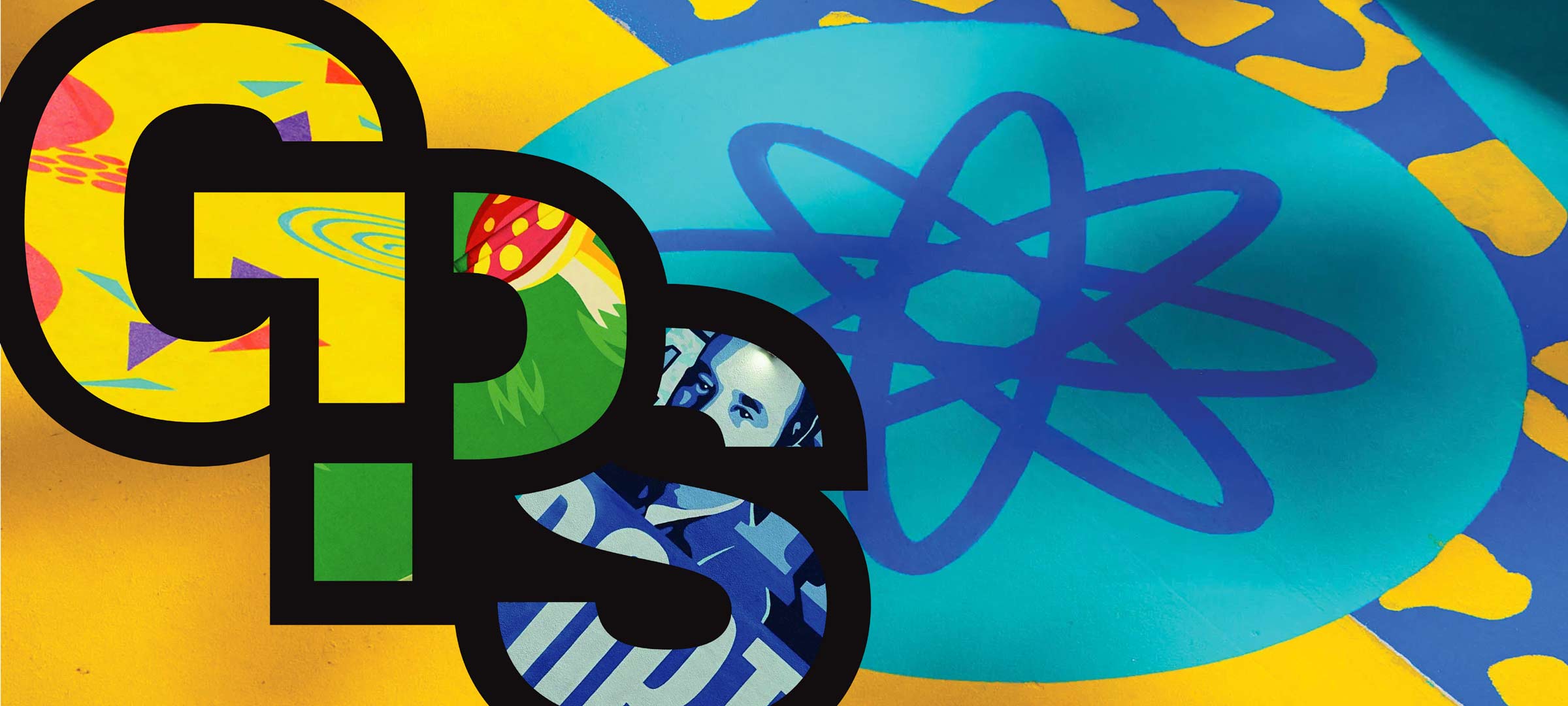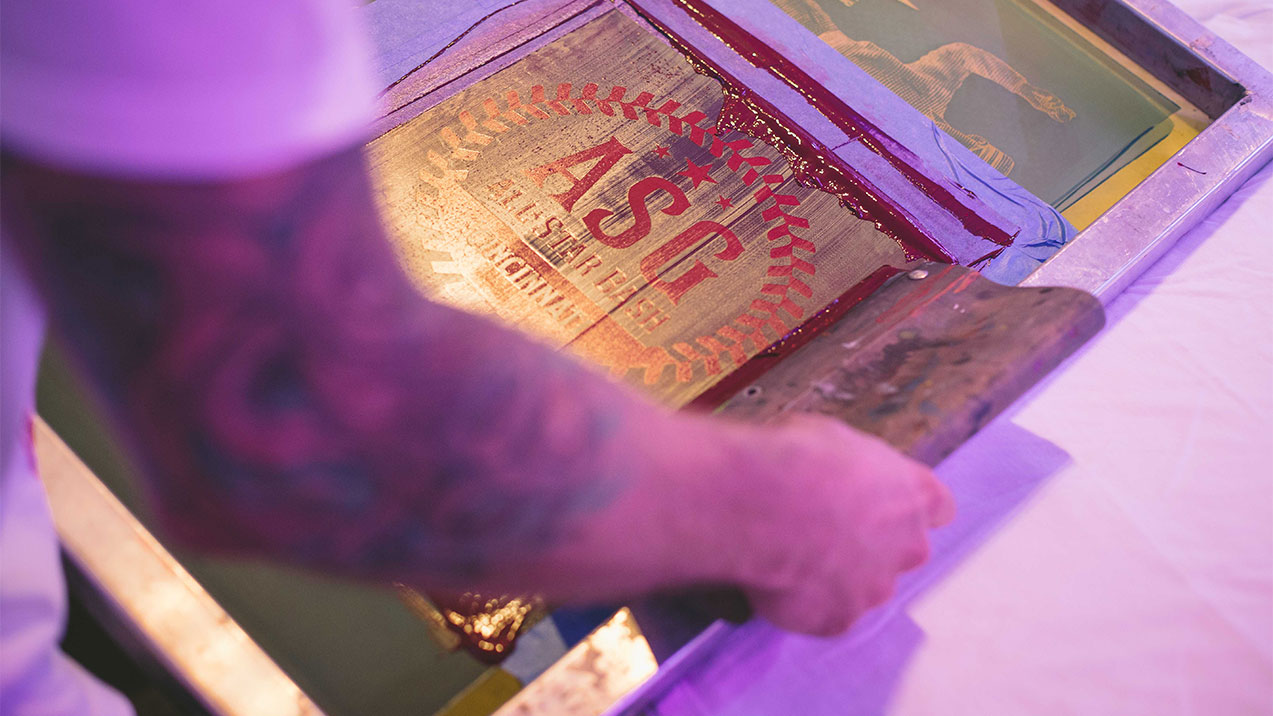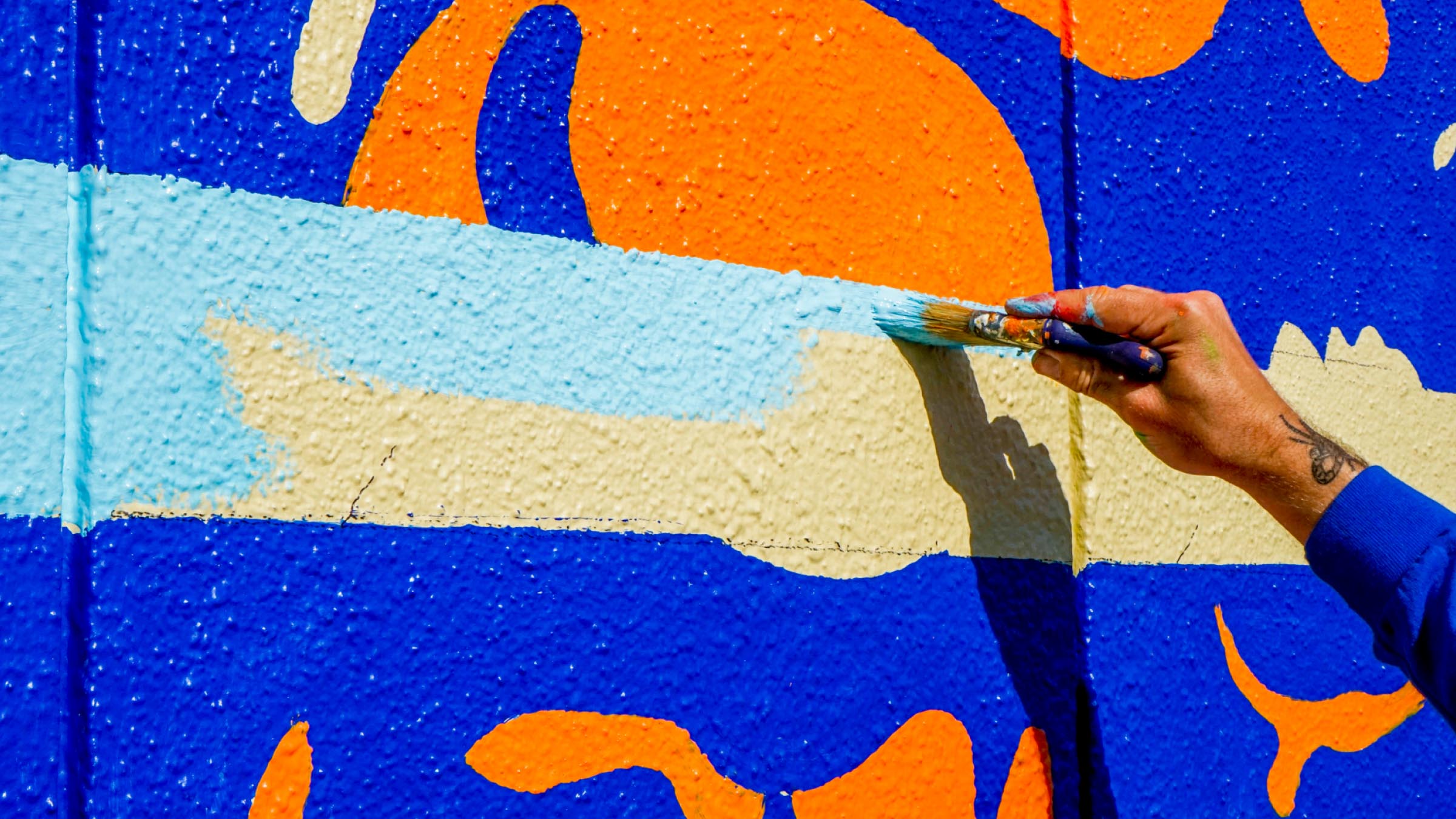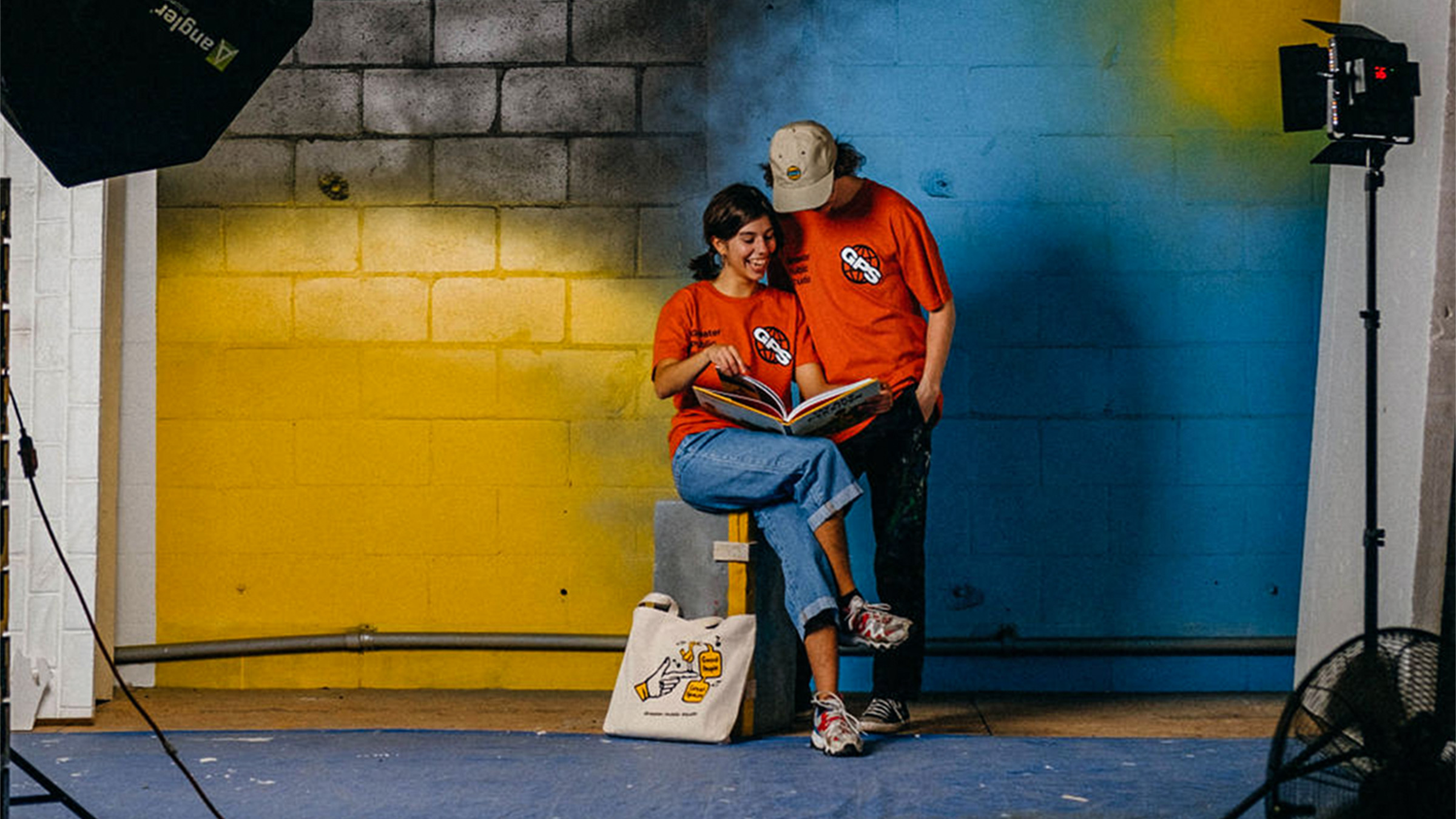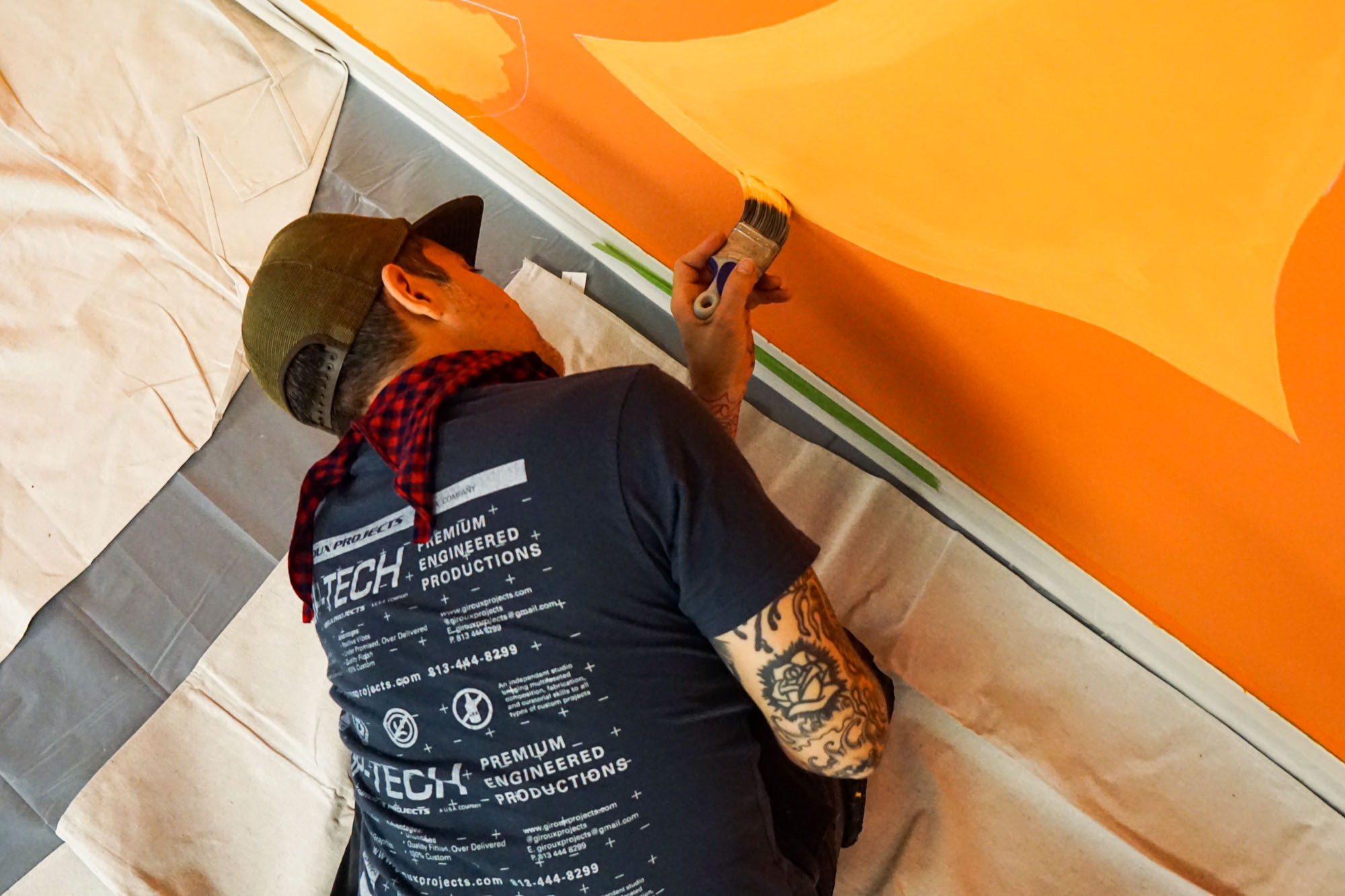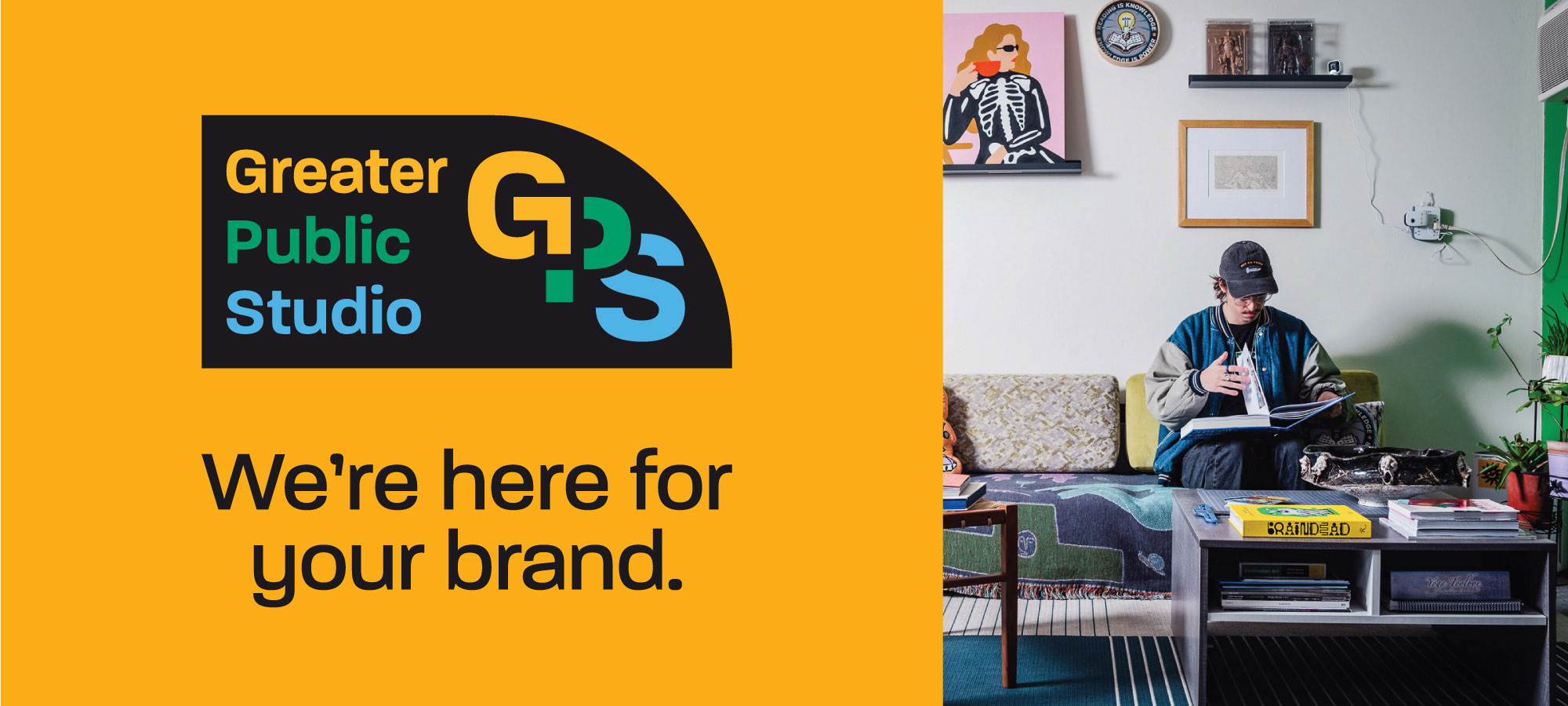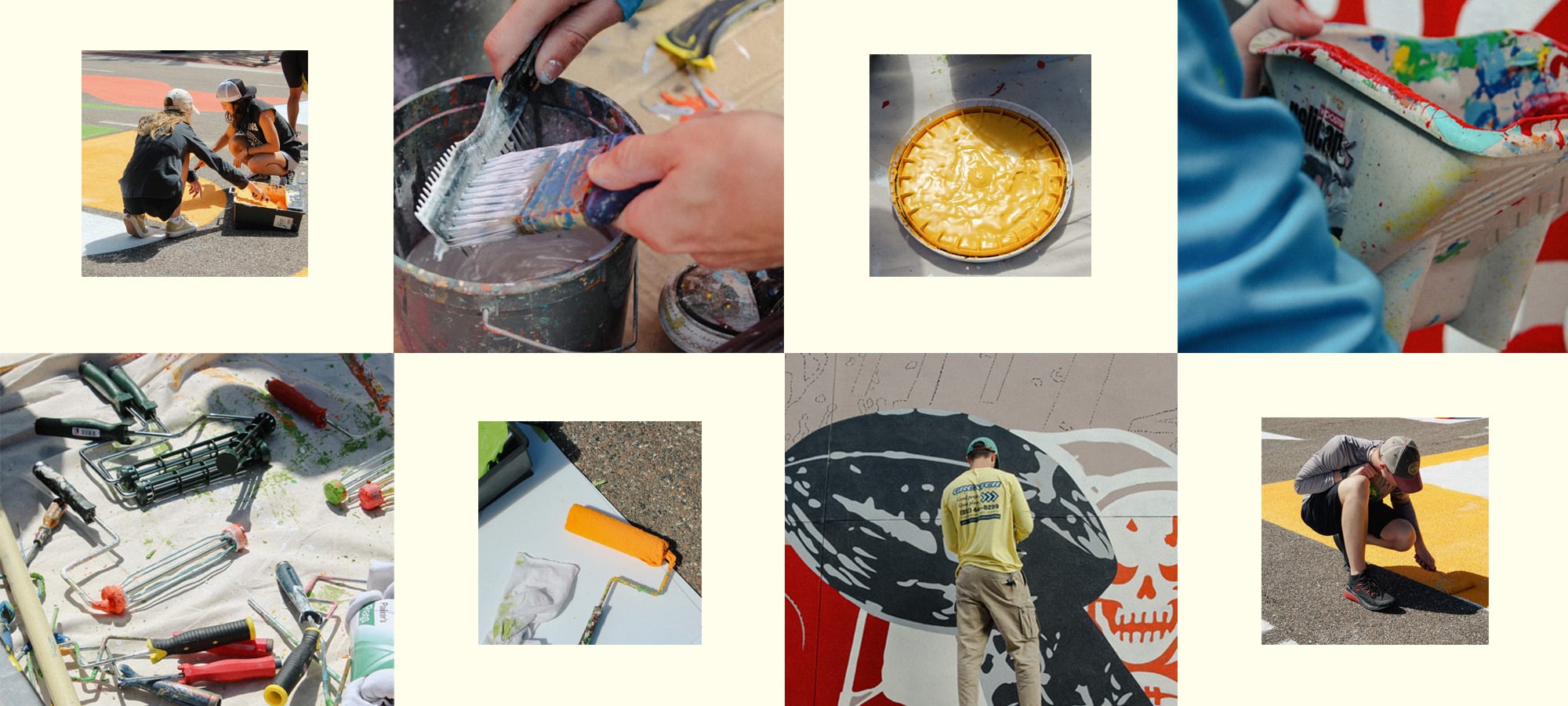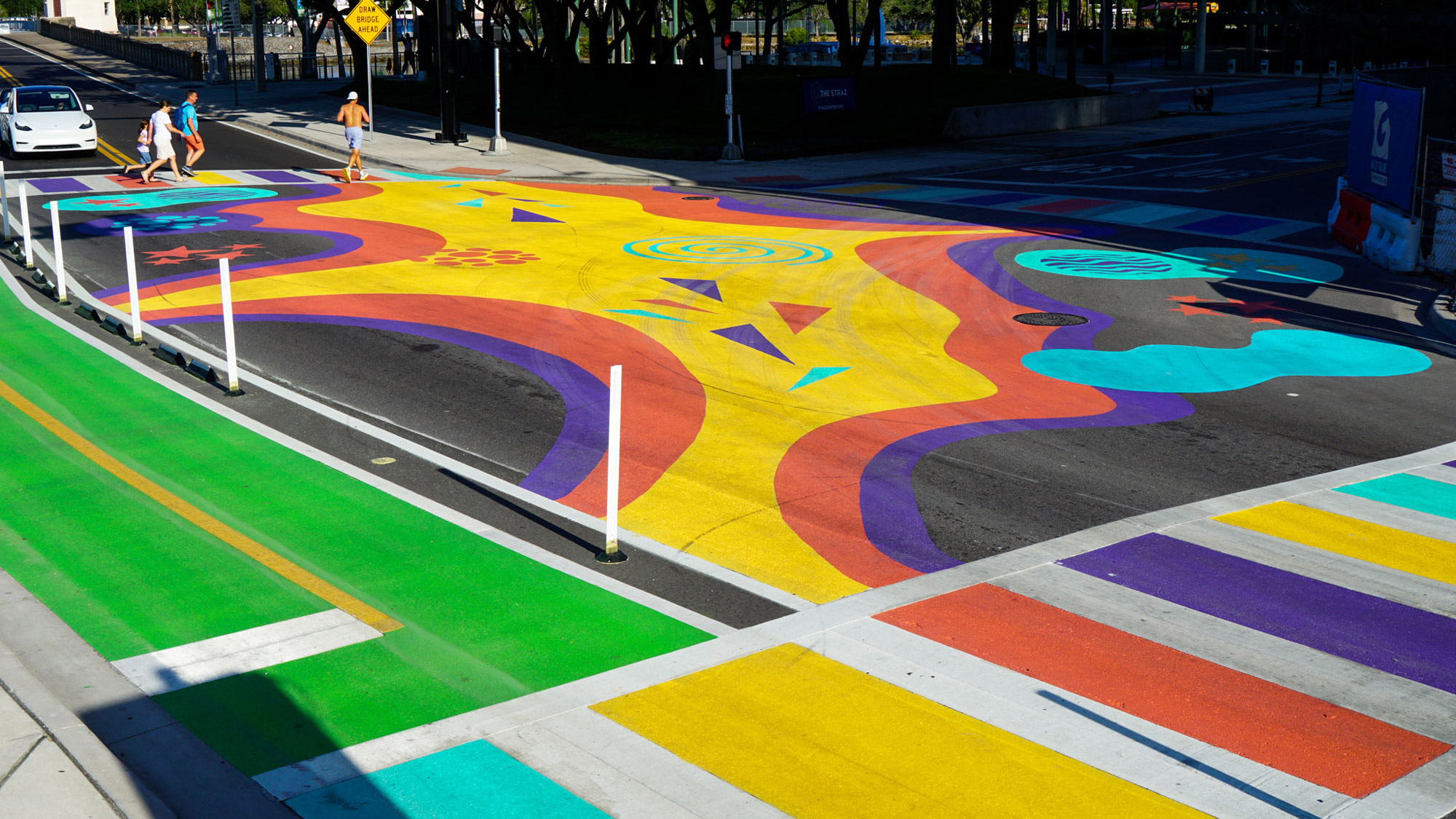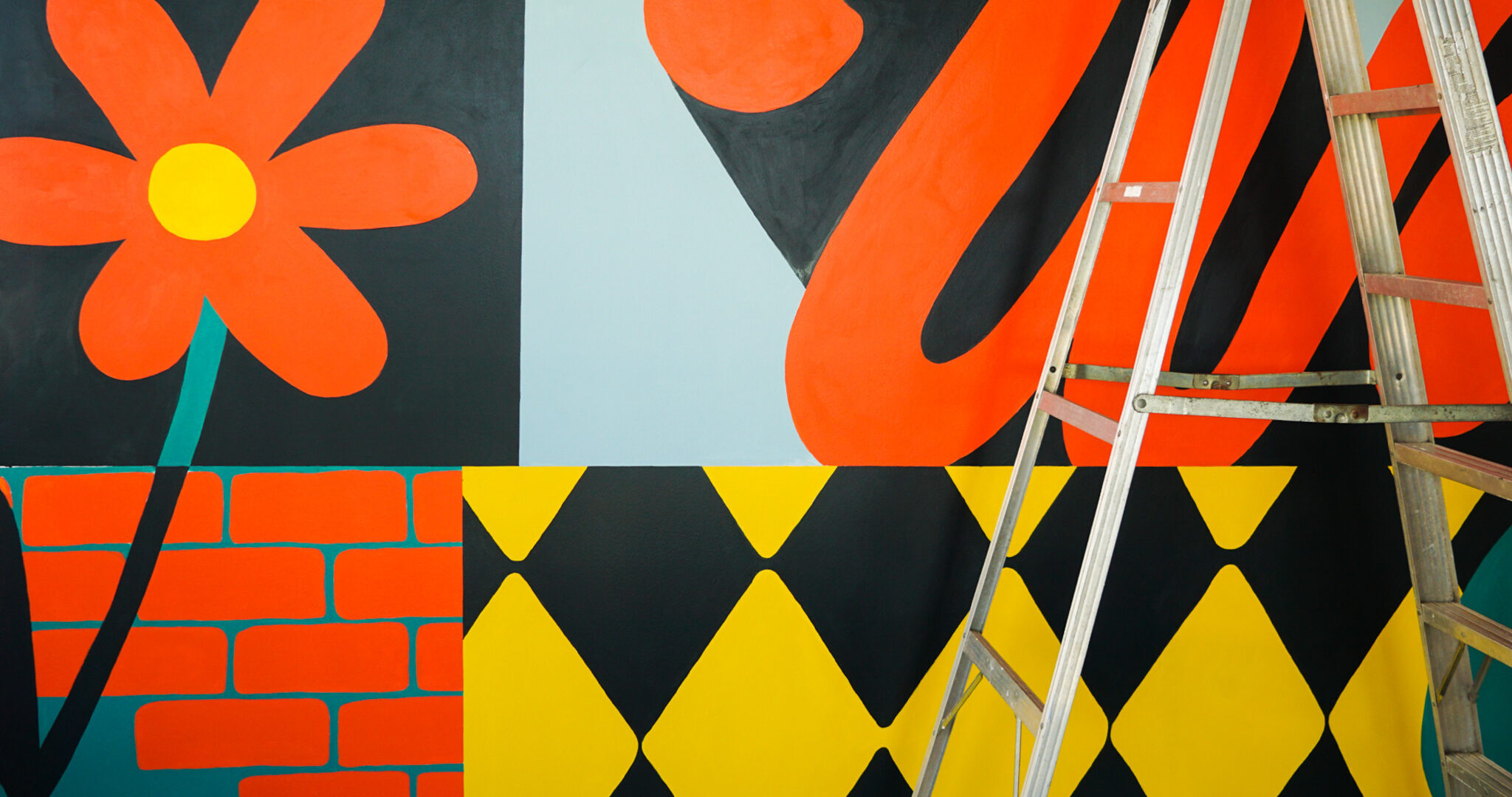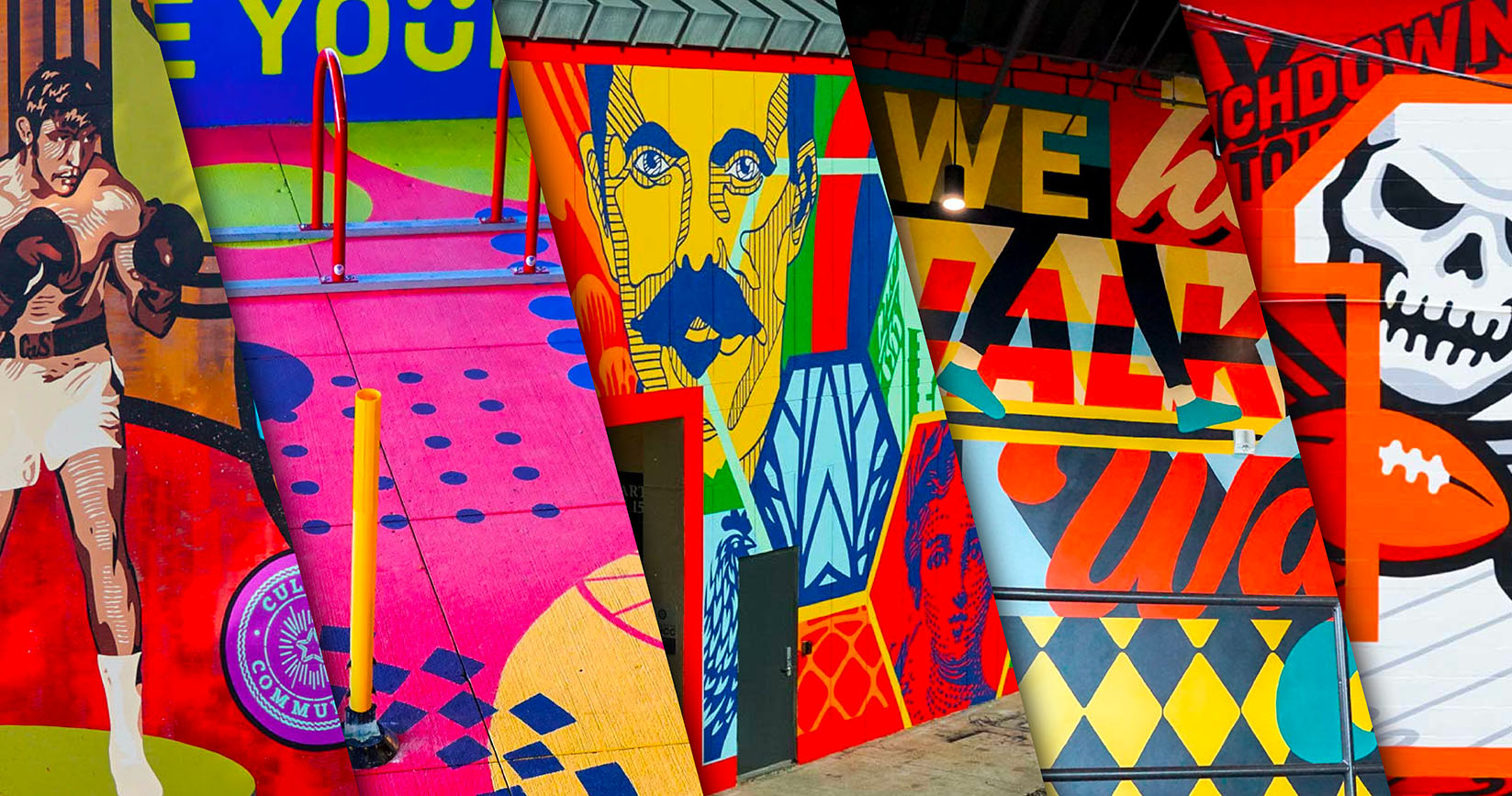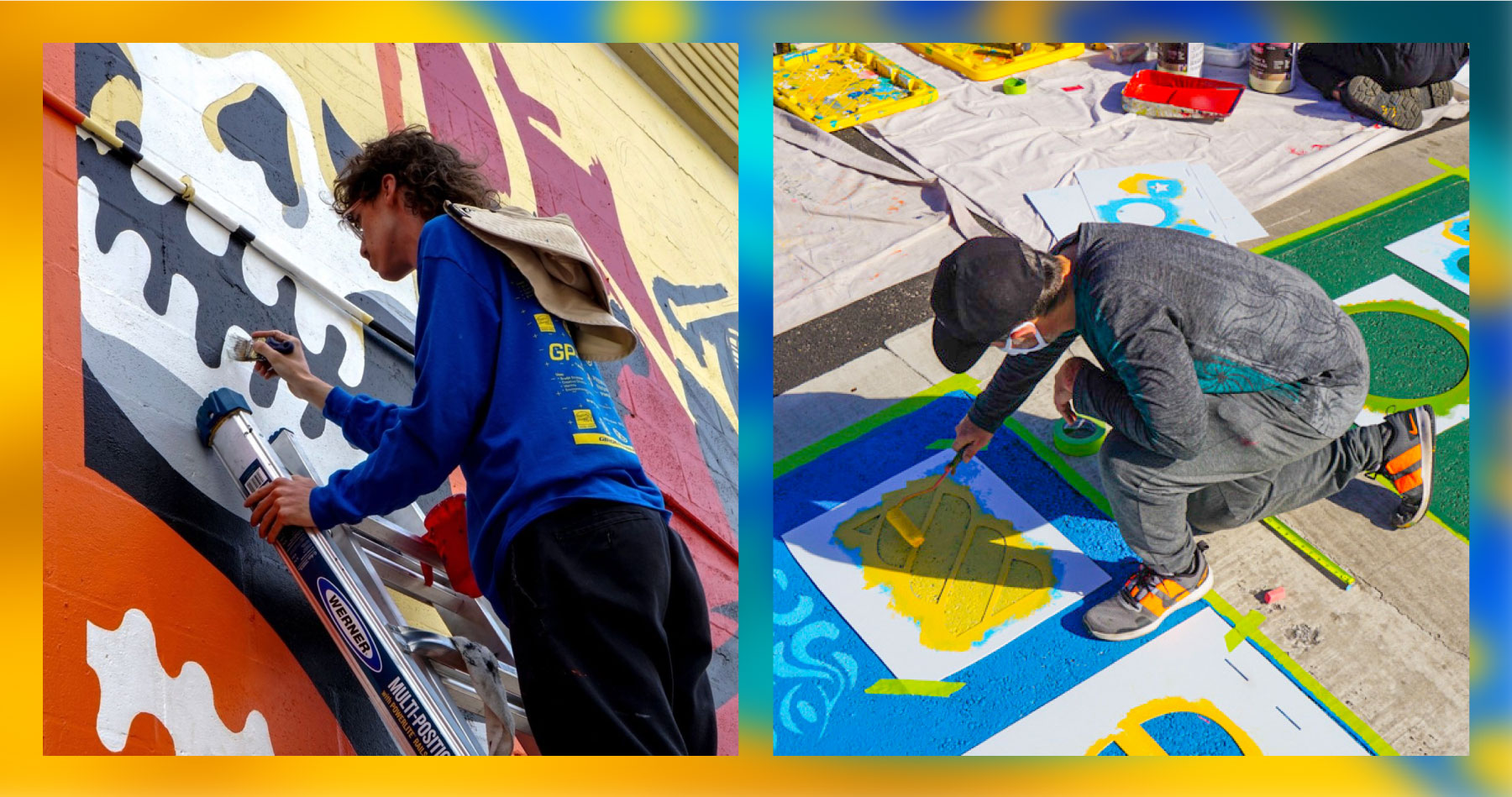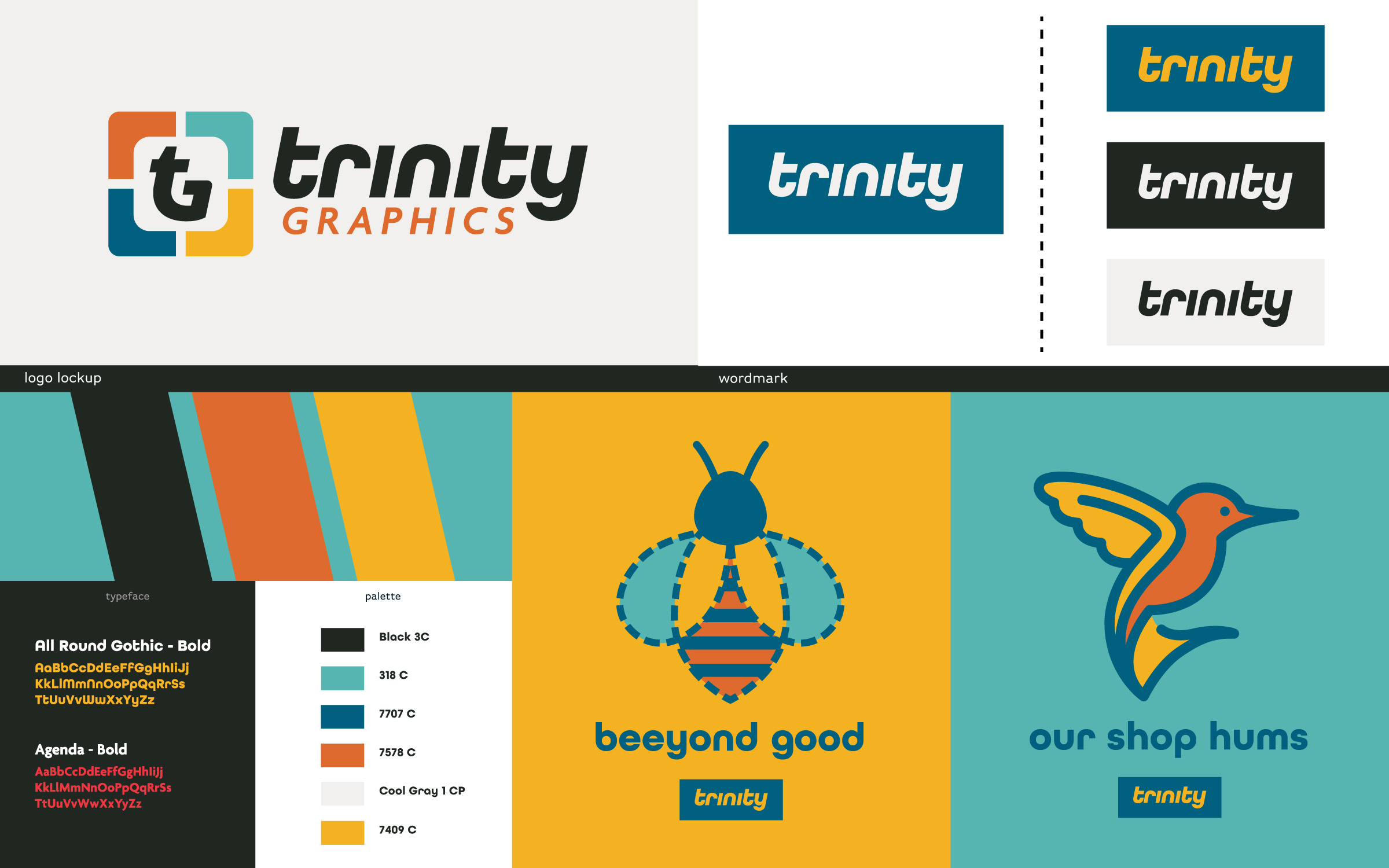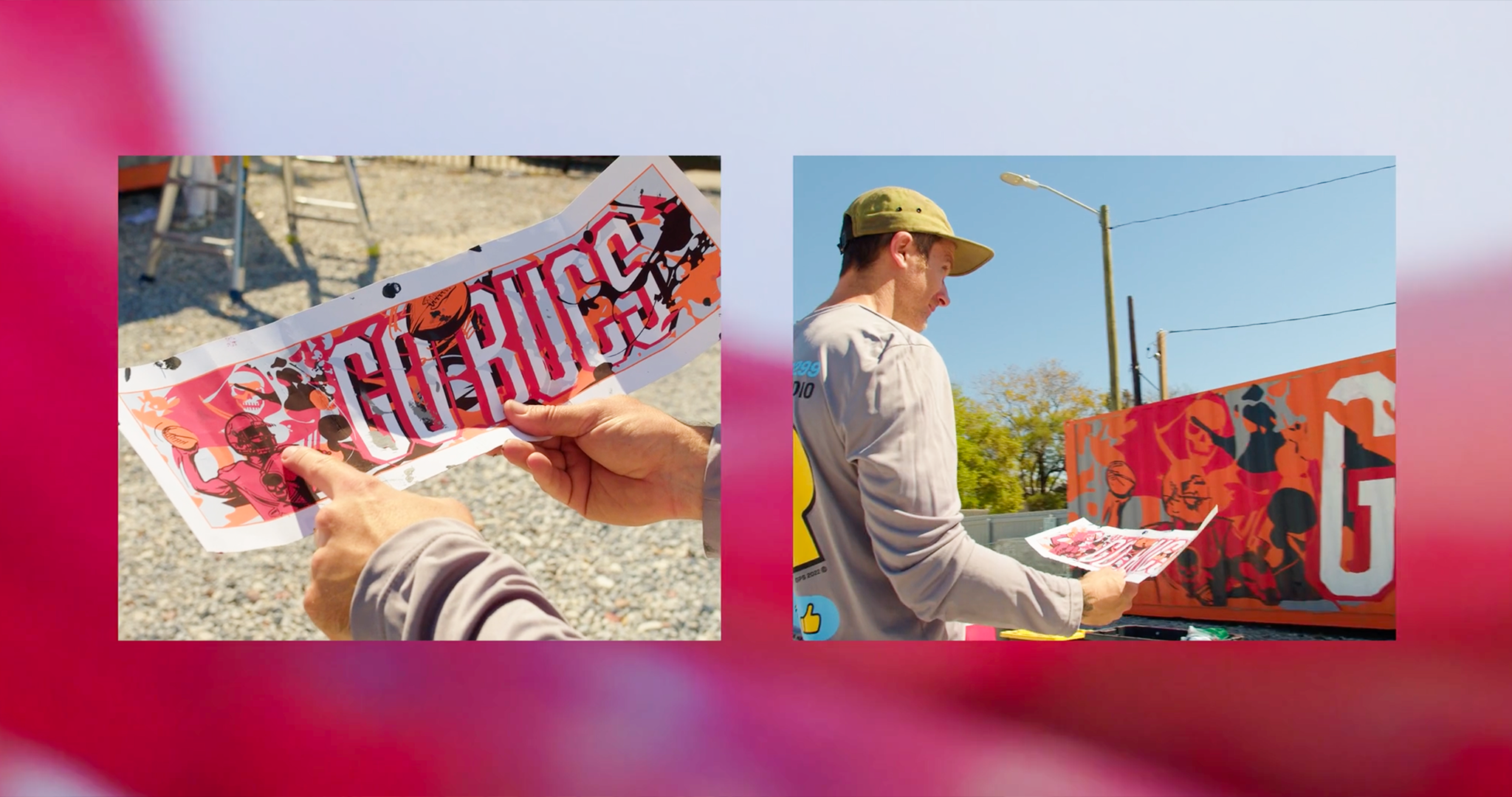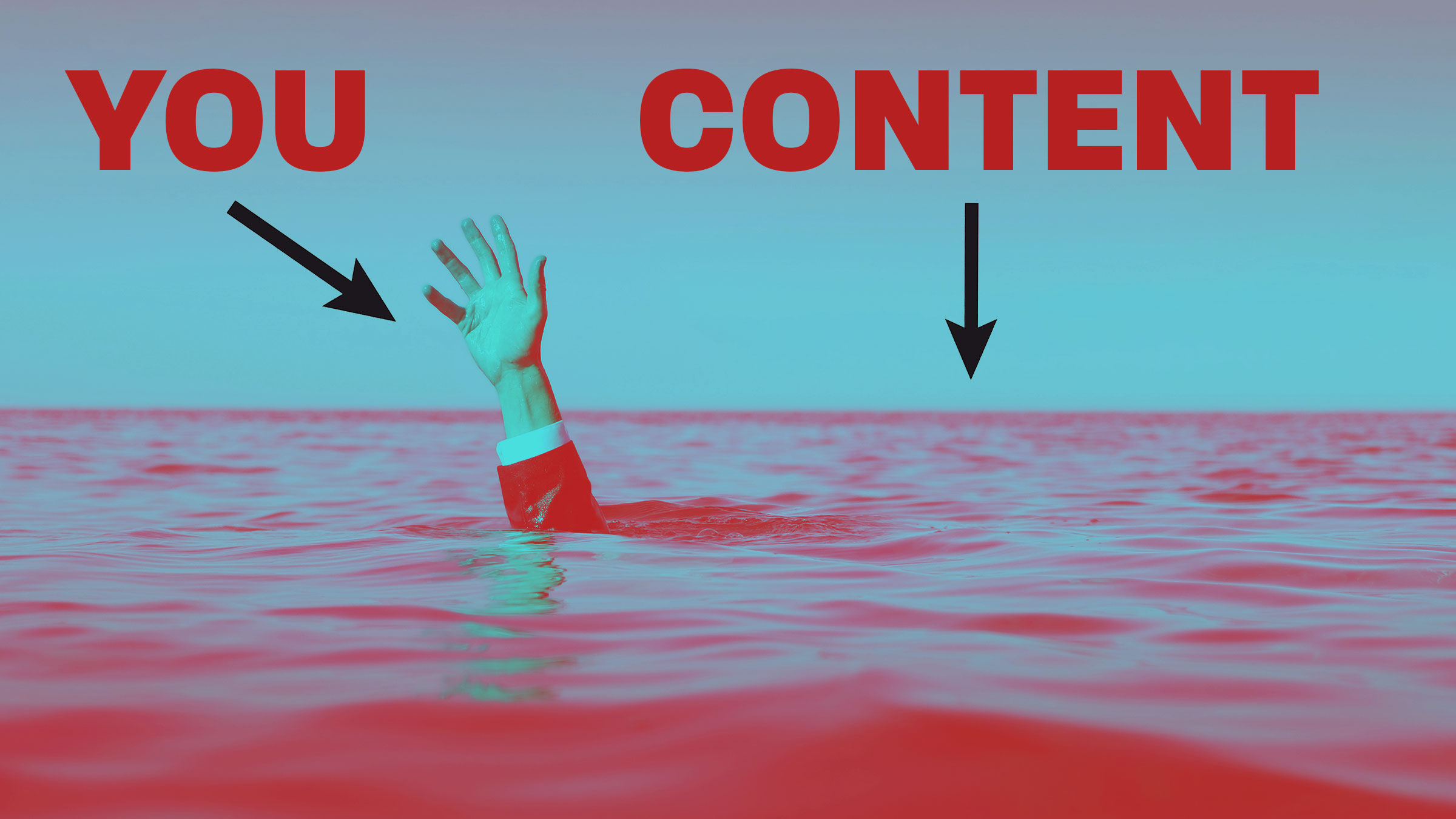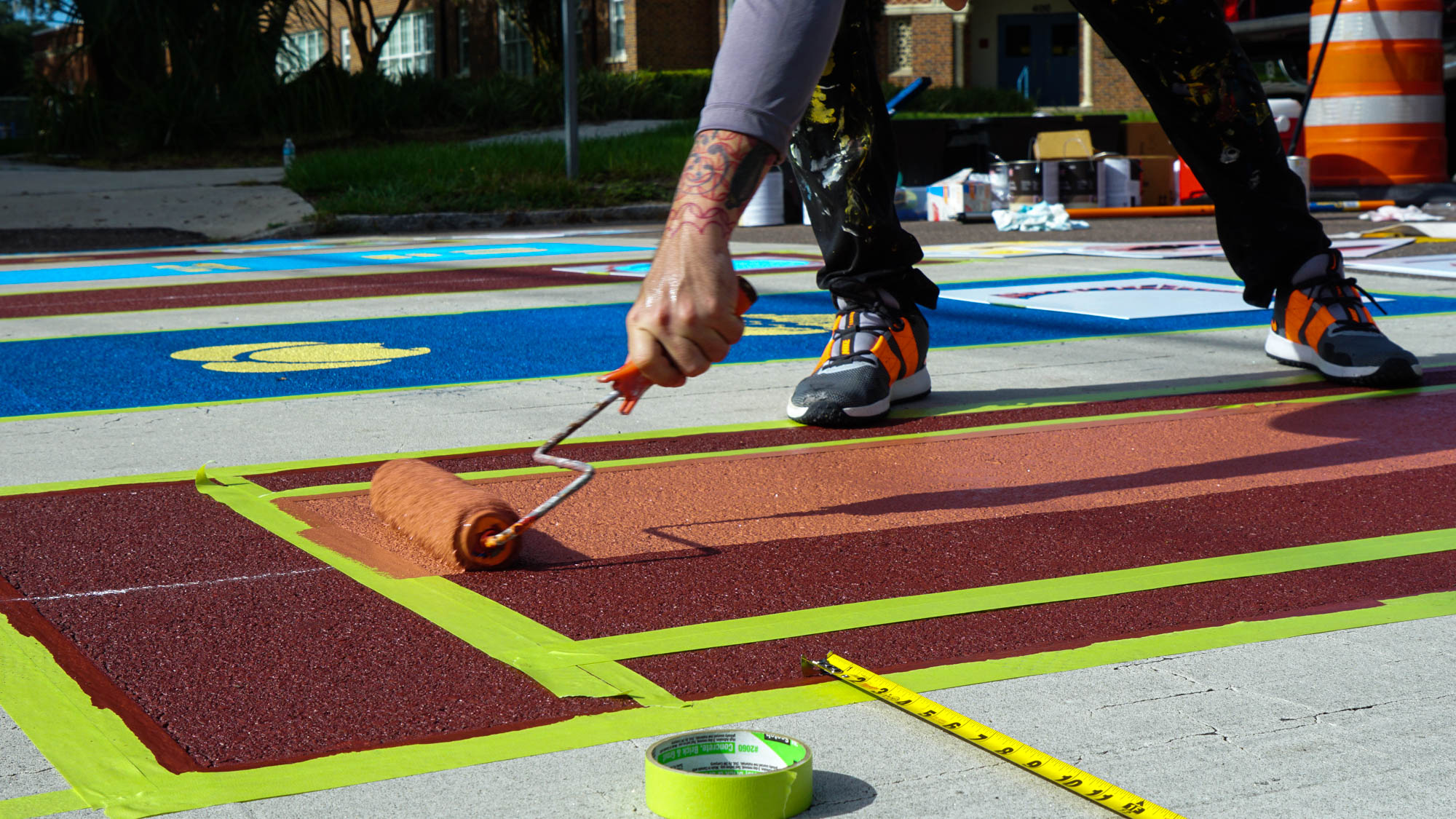
Crosswalks 2 Classrooms
There are many places in Tampa Bay that invite one to pause and truly appreciate the beauty and brilliance of our surroundings. In fact, Tampa is one of the fastest-growing cities in the United States because the secret is out about the weather, beaches, culture, lack of state taxes, and relative affordability. Frighteningly though, the city has consistently ranked as one of the most dangerous places for pedestrians, cyclists, and drivers.
To combat this, Tampa Mayor Jane Castor has adopted the Vision Zero plan, aimed at achieving a shared goal of zero traffic fatalities or severe injuries. Originating in Europe, Vision Zero is innovative in that it embraces a cross-disciplinary collaborative approach to road safety. By engaging local traffic planners, engineers, policymakers, public health professionals and artists, Vision Zero acknowledges that many factors influence safe mobility. It also recognizes that people make mistakes but with smart design and adaptive policies, those mistakes don’t need to be fatal.
Through the Vision Zero initiative, Mayor Castor launched the Crosswalks to Classrooms project with Greater Public Studio, led by artist Jay Giroux. Greater Public Studio (formerly Giroux Projects) designed a variety of custom graphics based on classic children’s literature like Chicka Chicka Boom Boom, The Great Kapok Tree and Moby Dick, among others. The graphics were made into custom stencils and used to paint crosswalks leading to nine elementary schools across Tampa. By incorporating stencils, each crosswalk is uniform and can be completed during a single school day. A slightly muted color palette is used to add vibrancy without competing with roadway traffic signals. Durable outdoor acrylic paint with slip resistant additives ensure longevity for the ground murals while abiding by transportation regulations. In addition to celebrating the joy of classic literature, the hope is that drawing attention to the crosswalks will cause motorists to slow down, potentially saving a child’s life.
A recently released study from the Bloomberg Foundation details the impact of asphalt art on safe mobility. The nationwide study analyzed crash histories at seventeen sites with asphalt art. Additionally, it studied driver and pedestrian behavior in real time at five different asphalt art sites. The results found, on average, the rate of car crashes involving pedestrians or cyclists decreased by 50% when art was applied to the roadway. Furthermore, the rate of drivers yielding to pedestrians increased by 27%. Those are staggering results when considering Tampa averages 200 traffic related fatalities per year. Imagine the impact of more art in public spaces.

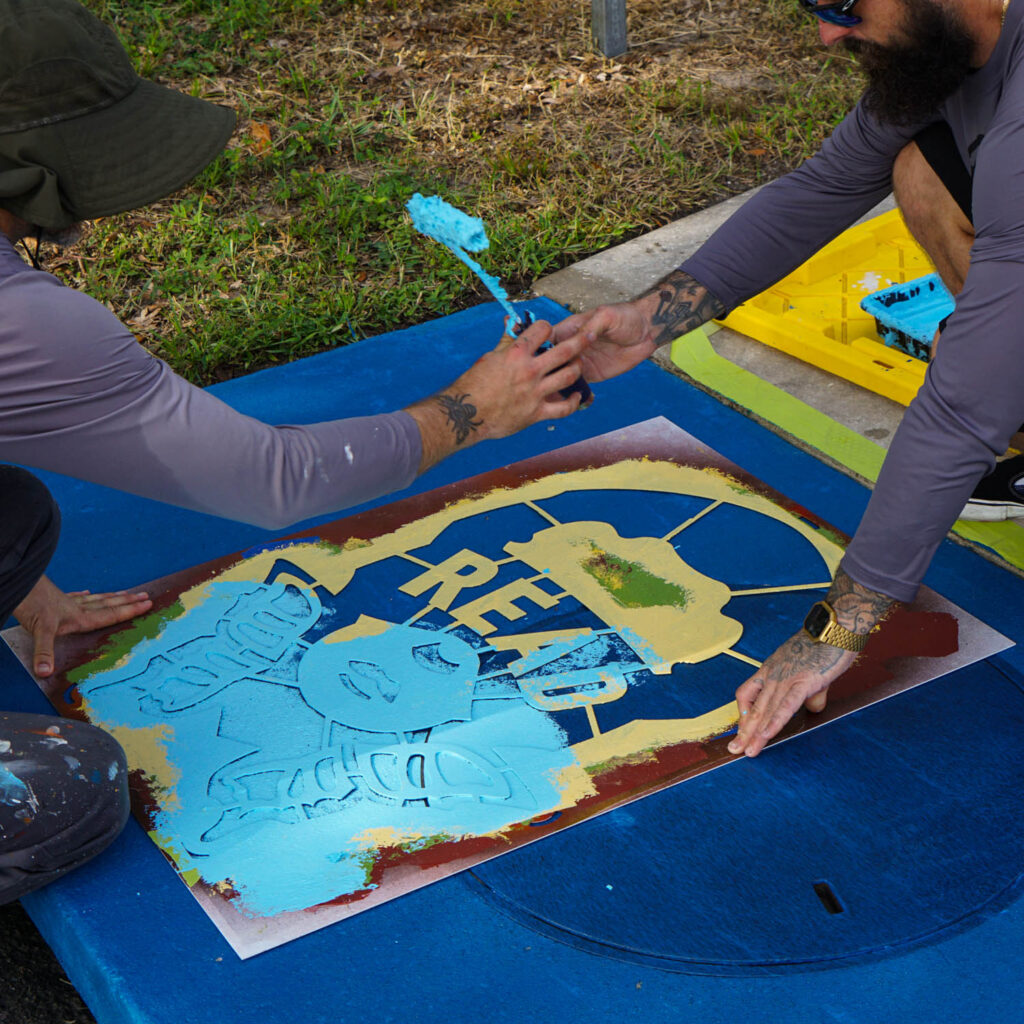
Consider for a moment, that beyond the ability to beautify spaces, revitalize neighborhoods, and create a sense of belonging, art in public spaces actually saves lives. Imagine that artists, who are typically the first to be deemed unnecessary, can actually be invaluable collaborators and innovators transforming public health outcomes and increasing the wellbeing of residents. Imagine that a few gallons of paint can radically alter the livability of a city. That is a great example of the power of public art.
Greater Public Studio commissioned by COT (City of Tampa) to make a comprehensive guide on how to create asphalt murals.
Click to download the Asphalt Mural Process Guide courtesy of GPS and COT!
